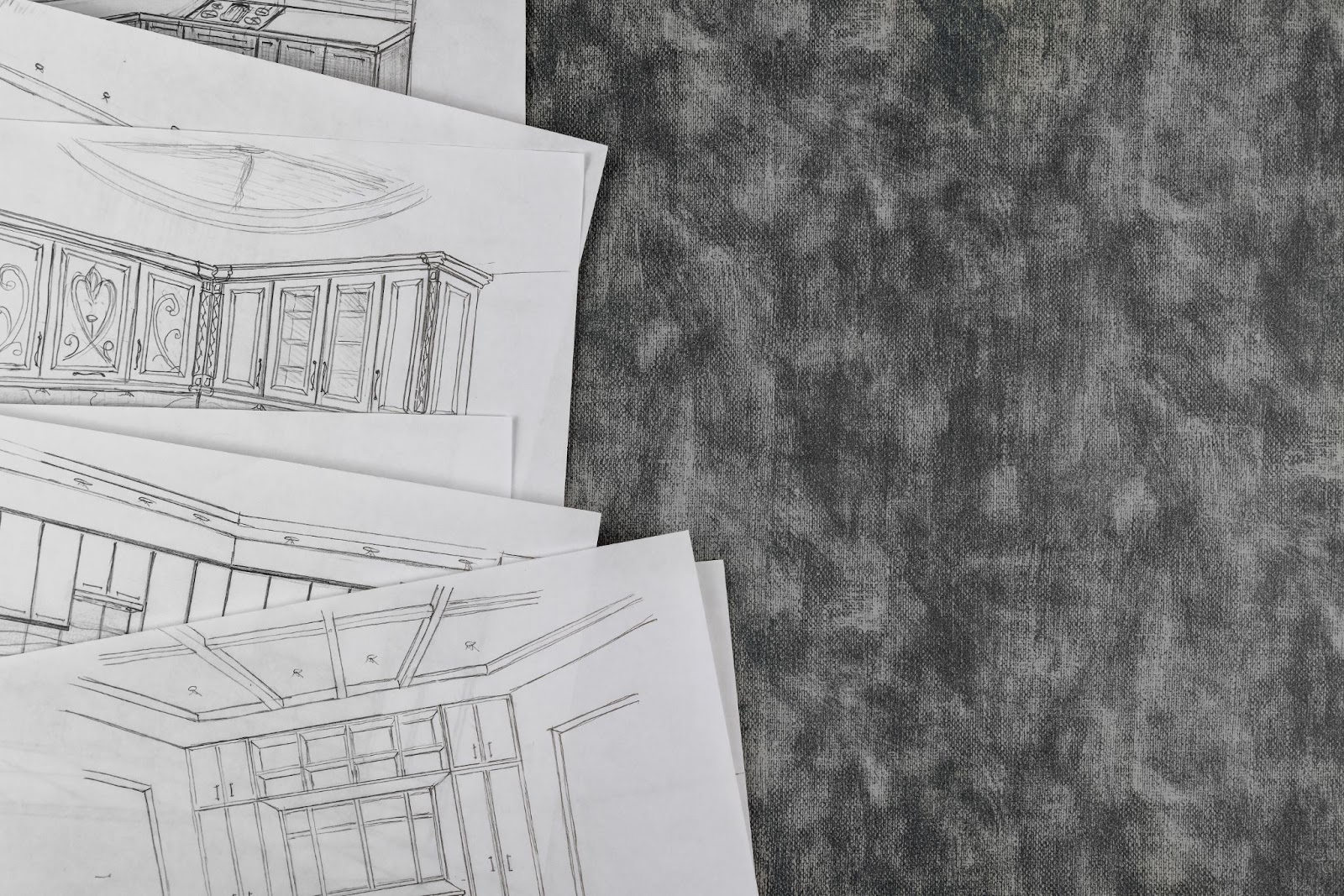In today’s rapidly evolving world, development design is pivotal in shaping our physical and digital landscapes. The creative process bridges the gap between ideas and their practical implementation. From architectural marvels to user-friendly websites, development design encompasses various disciplines and influences multiple aspects of our lives. In this blog post, we will explore the importance of development design and its profound impact on how we experience the world around us.
Enhancing Functionality and User Experience
One of the primary goals of development design is to enhance functionality and user experience. Whether it’s designing a product, website, or software application, a well-thought-out development design ensures that the end-users can easily interact with and derive value from the product or service. Some key aspects include:
- User-Centered Design: Development design places the user at the centre of the design process, considering their needs, preferences, and behaviours. By conducting user research, usability testing, and iterative design, designers can create intuitive interfaces and seamless experiences.
- Information Architecture: Effective organisation and structuring of information are crucial in development design. Through thoughtful categorisation, labelling, and navigation systems, designers can help users find what they need quickly and effortlessly.
Fostering Innovation and Problem-Solving
Development design is intrinsically linked to innovation and problem-solving. It involves identifying challenges, conceptualizing solutions, and translating them into tangible outcomes. Critical elements of a well-prepared construction document set play a vital role in fostering innovation within development design. These elements ensure clarity, accuracy, and efficiency in implementing design ideas. Here are some ways in which development design, coupled with a well-prepared construction document set, fosters innovation:
- Ideation and Conceptualisation: Development design encourages brainstorming and idea generation, pushing the boundaries of what is possible. Designers can devise innovative solutions to complex problems by thinking creatively and critically.
- Prototyping and Testing: Rapid prototyping allows designers to iterate and refine their ideas. By creating low-fidelity prototypes, they can gather feedback, identify flaws, and make necessary improvements before final implementation.
Harmonising Aesthetics and Functionality
Development design is the art of harmonising aesthetics and functionality. It goes beyond just creating visually appealing designs; it strives to balance form and purpose. Here’s how it achieves this balance:
- Visual Design: The visual aspects of development design, such as colour schemes, typography, and layouts, contribute to the overall aesthetic appeal. A well-designed interface or physical space can evoke emotions, establish brand identity, and create memorable experiences.
- Design Principles: Design principles guide the creation of visually pleasing and functional designs. These principles include balance, contrast, hierarchy, and alignment. By adhering to these principles, designers create cohesive and visually engaging solutions.
Development design plays a significant role in promoting efficiency and sustainability across various domains. Integrating sustainable practices and optimising processes helps reduce waste, conserve resources, and improve efficiency. Here are some examples:
- Sustainable Architecture: Development design in architecture embraces sustainable materials, energy-efficient systems, and eco-friendly practices. It aims to create buildings that minimise their carbon footprint and positively impact the environment.
- User-Centric Optimisation: Development design optimises user workflows and minimises cognitive load in software development. By streamlining processes, designers enhance productivity, reduce errors, and improve overall efficiency.
Conclusion
Development design plays a pivotal role in shaping our modern world, and its significance extends to various disciplines and industries. Among these, town planning is a crucial domain where development design can make a difference. The essence of town planning lies in creating livable, sustainable, and harmonious communities that cater to the needs and aspirations of their residents.



